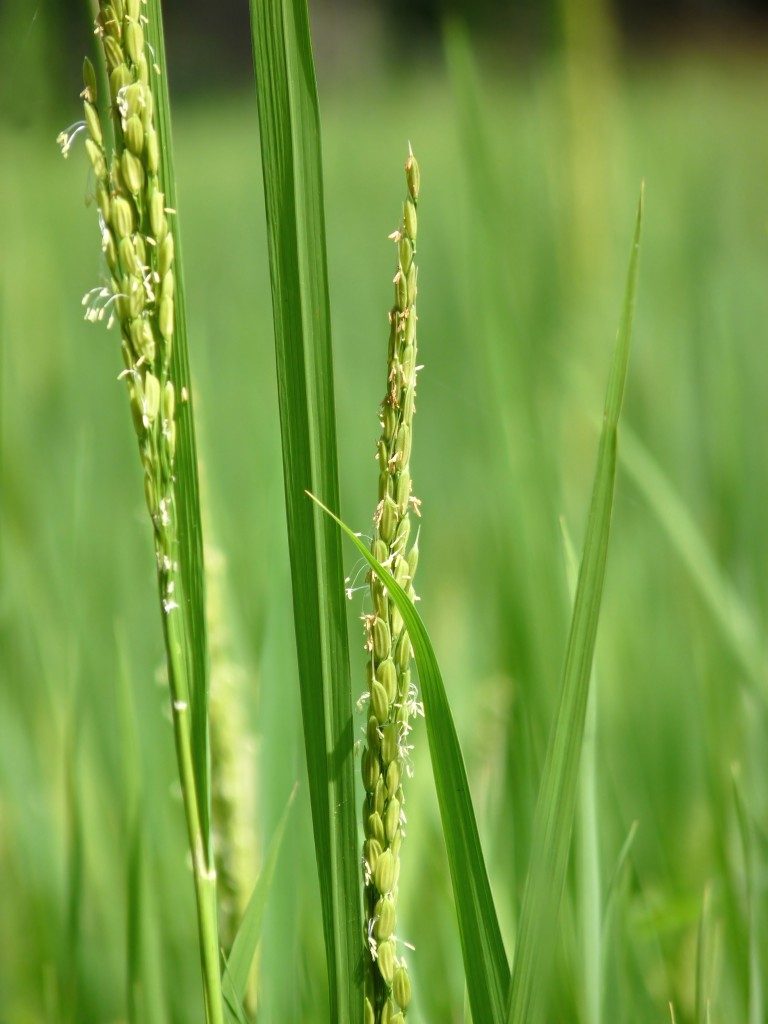Scientists in China have come up with a new genetically modified breed of rice that can produce higher yields and starch content while reducing methane gas emissions. The new breed of rice has been heralded as the best way to increase food production for the growing masses without compromising on quality or the environment.
Talk of greenhouses gases and methane immediately comes to mind. Methane is one of the largest contributors to ozone layer depletion known to man. Traditional reserves for methane are usually linked to naturally occurring gases and livestock. However, rice farming is also one of the largest sources of methane gas.
Roots of rice plants release organic compounds that decompose and are eaten by microbes in the muck of rice paddies, turning them into methane. What have been known for long as simply rice paddies are actually human controlled wetlands contributing to methane gas emissions on a global scale.
Researchers led by Jun Su, Xia Yan and Chanquan Hu from the Swedish University of Agricultural Sciences have found an answer for this phenomenon: a gene found in barley.
Through the gene occurring naturally in barley, the scientists sought to genetically modify rice plants to reduce methane production.
The researchers planted several hybrid rice plants across several areas, monitoring their growth. They also checked their methane gas emissions. The results were startling.
At the baseline, the microbes present at the roots of the plants reduced by over a half, completely starved of food. Methane gas emissions reduced by 90 to 99 per cent depending on the plant’s growth stage. But what was happening above ground?
They discovered that the barley gene concentrated above ground growth leading to stronger flower clusters and higher yield. The hybrid plants resulted in higher yields per plant-approximately 50 per cent more in terms of weight. The starch content present was also higher than for ordinary rice seeds. Per seed, starch content increased by 10 per cent. Conclusively, above ground weight went up by 30 per cent while below ground weight decreased by 35 per cent.
Methane gas emissions have been a poignant problem with rice plantations worldwide. Conventional methods of combating their emission bore no fruit as they led to lower yields, leading many farmers to abandon these methods completely. With the new research, scientists are hoping to end greenhouse gas emissions at the plantations once and for all.
Stay Connected